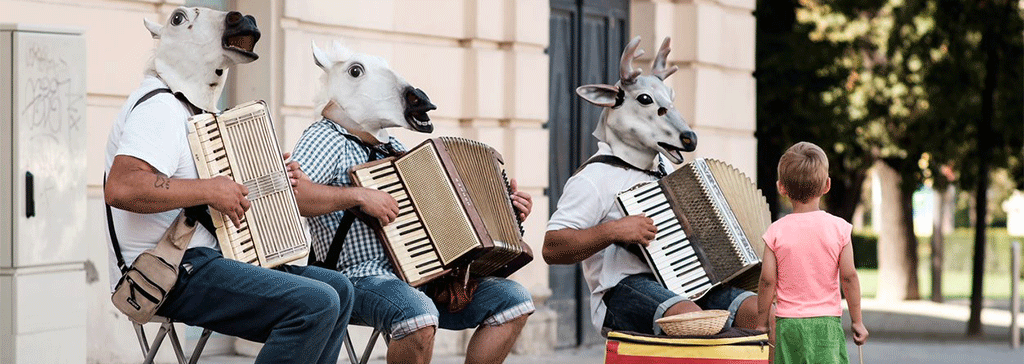
How To Eat Like A Local In Europe
Top tips from culinary experts
With Interrail and Eurail, travel across Europe is a breeze – transport is super easy to plan using the Rail Planner app and the helpful trip ideas page shows you all the places you might want to visit. Then, all that you’re left with is discovering European food in a way that doesn’t burn a hole in your pocket.
Europe has some of the greatest food experiences to offer – from Paella in Spain to the best Neapolitan pizza in Italy. When budget’s not a problem, travellers can have their pick at some of the most exquisite and expensive establishments that can help you discover European cuisines at their finest. But if you really want to satisfy your tastebuds while also satisfying your wallet, continue reading to find out how you can eat like a local in Europe.
At Secret Food Tours, we put our heads – and experience – together to come up with our 5 best-kept secrets for delicious dining on a budget in Europe. We can’t guarantee that each one will apply for everywhere you go. But we can guarantee that where they work, they will make your travels far tastier!
Rule 1. Avoid the main drag by taking a short walk
Many cities, including European capitals, all have “wow” factor sights to see. There’s Las Ramblas in Barcelona, Trafalgar Square in London, the island of Notre Dame in Paris, Charles Bridge in Prague, the Brandenburg Gate in Berlin – the list is endless. And food is never far away – you’ll find loads of eateries within a stone’s throw of all of these. Often, even in autumn, they have open-air terraces (much of Europe stays mild until December-January, and there’s always outdoor heating), and they often look inviting and relaxing, offering “typical meals”.
But they can be tourist bait. They are designed for a quick in-and-out visit, leaving the table for the next foreign visitors. The food is generally average – they know you are unlikely to return. And it is often overpriced – sometimes they will more or less oblige you to buy expensive bottled water even when local rules say they should supply tap water free of charge.
The solution is to walk five or ten minutes away and find something authentic down a side street. For example, Las Ramblas in Barcelona is full of restaurants, all serving near-identical meals. Go exploring a few steps away from this street, and you’ll find countless small restaurants serving much better food at far lower prices.
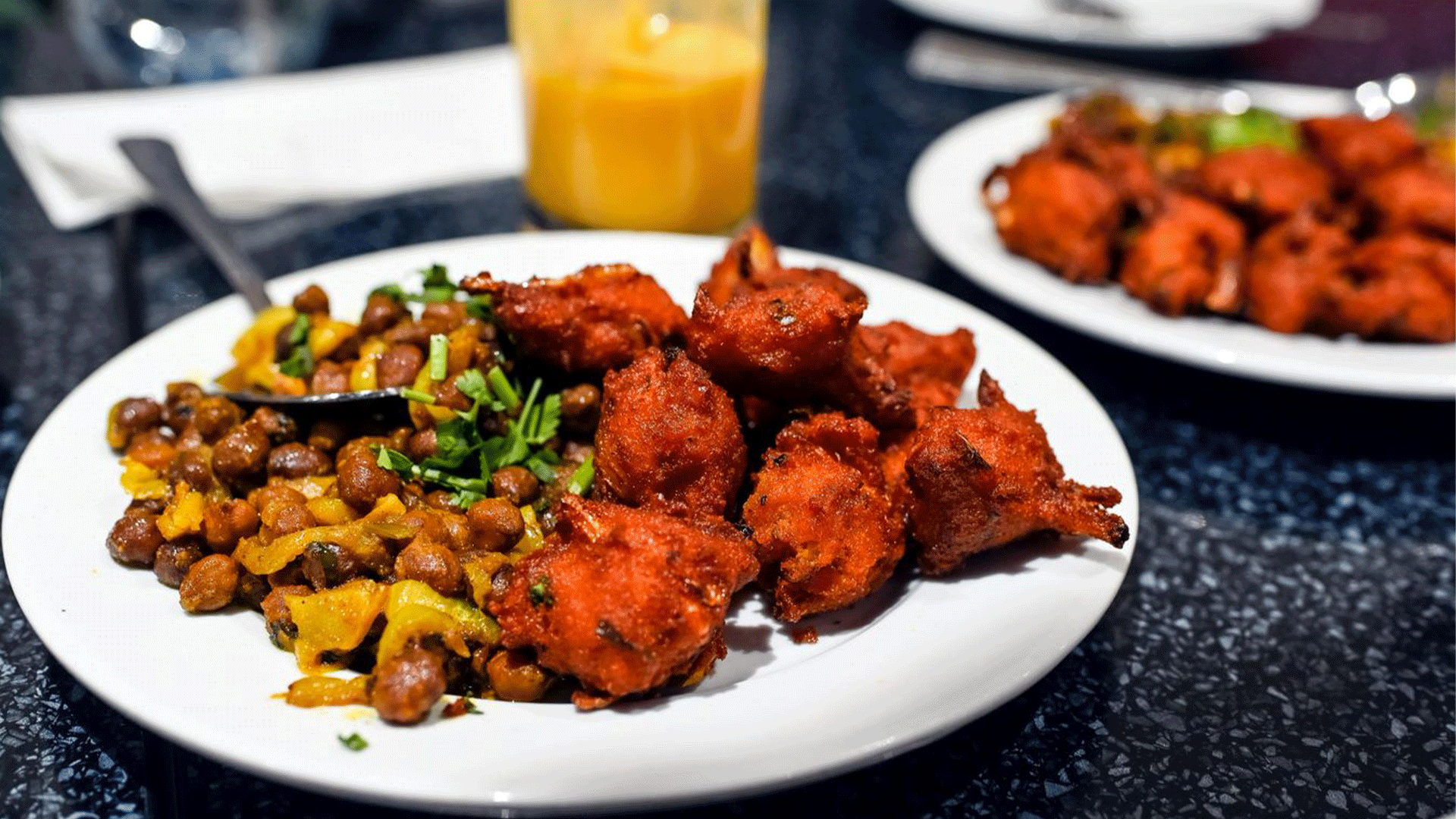
Rule 2. Look for markets
We love food markets in Europe. They feature on most of our tours and are quintessential to most European towns. This is where residents go to buy their food and enjoy local specialties. They are colourful, the food is fresh, the prices are low, and very often, stall holders give you a sample before you buy – you might find you need this when encountering cheeses or sausages you’ve never tried before. You’ll also find bread, fruit, vegetables, and both alcoholic and non-alcoholic drinks at good prices at most markets.
In southern Europe, markets tend to be indoors due to the heat whereas, in northern Europe, they are mostly found on the street or in a square in the open air. We suggest going to a market in the morning for the freshest produce. Plus, many markets start to close down around lunchtime, and only a few stay open later than mid-afternoon.
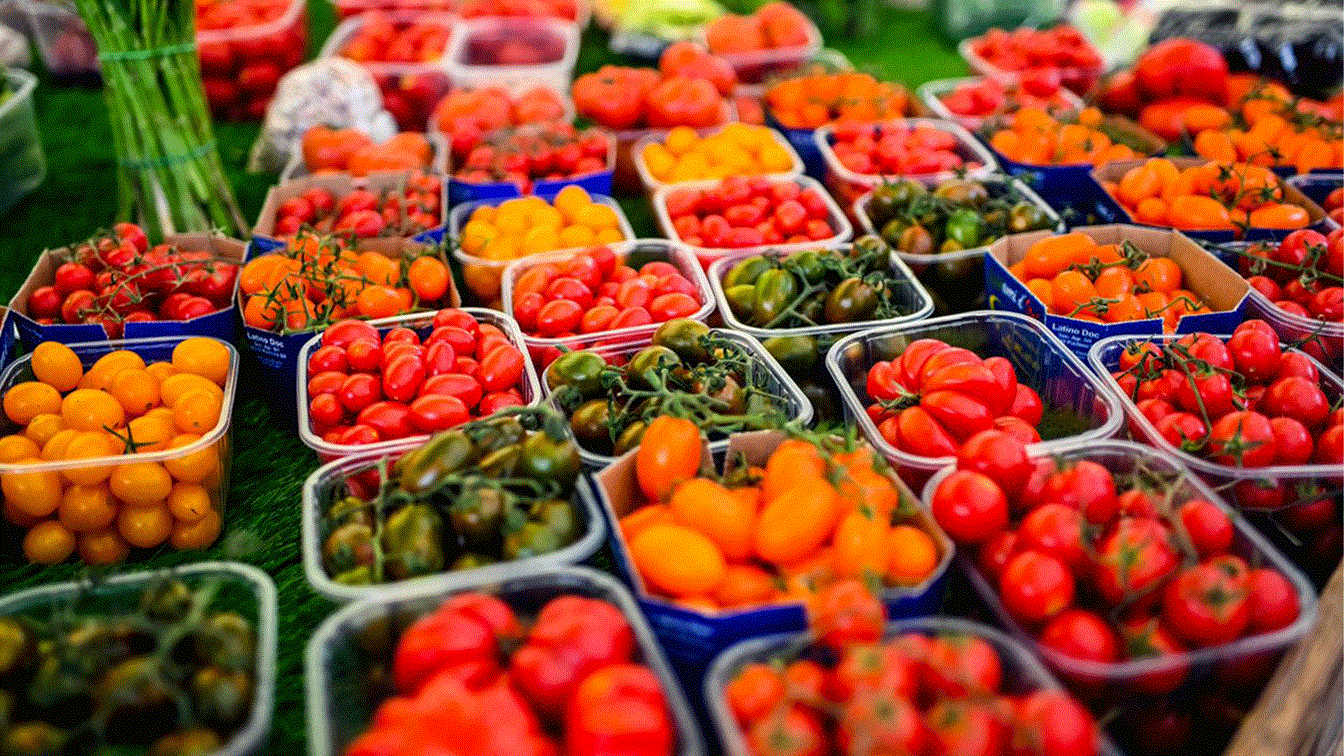
Rule 3. Consider street food
Soak in the sights around you as you snack on local specialties from a stall on a European street. Some of the best food in Berlin is from street stalls, the British Isles have their fish 'n' chips, while a delight of Paris is eating an impossible-to-make-at-home pastry in the street or delicious crêpes from a stall overlooking the glistening Eiffel Tower at midnight.
There was a time when street food was a stall selling a nondescript hotdog with very little attention to hygiene. But that has now all changed. Cleanliness is paramount, and you can eat an excellent meal for a fraction of the price. Street food is economical and you’ll generally also get cutlery to eat with. There are vans preparing amazing meals and many places sell “takeaway” or “carryout” food, allowing you to continue on your tourist escapade while enjoying the best churros or fries you've ever had.
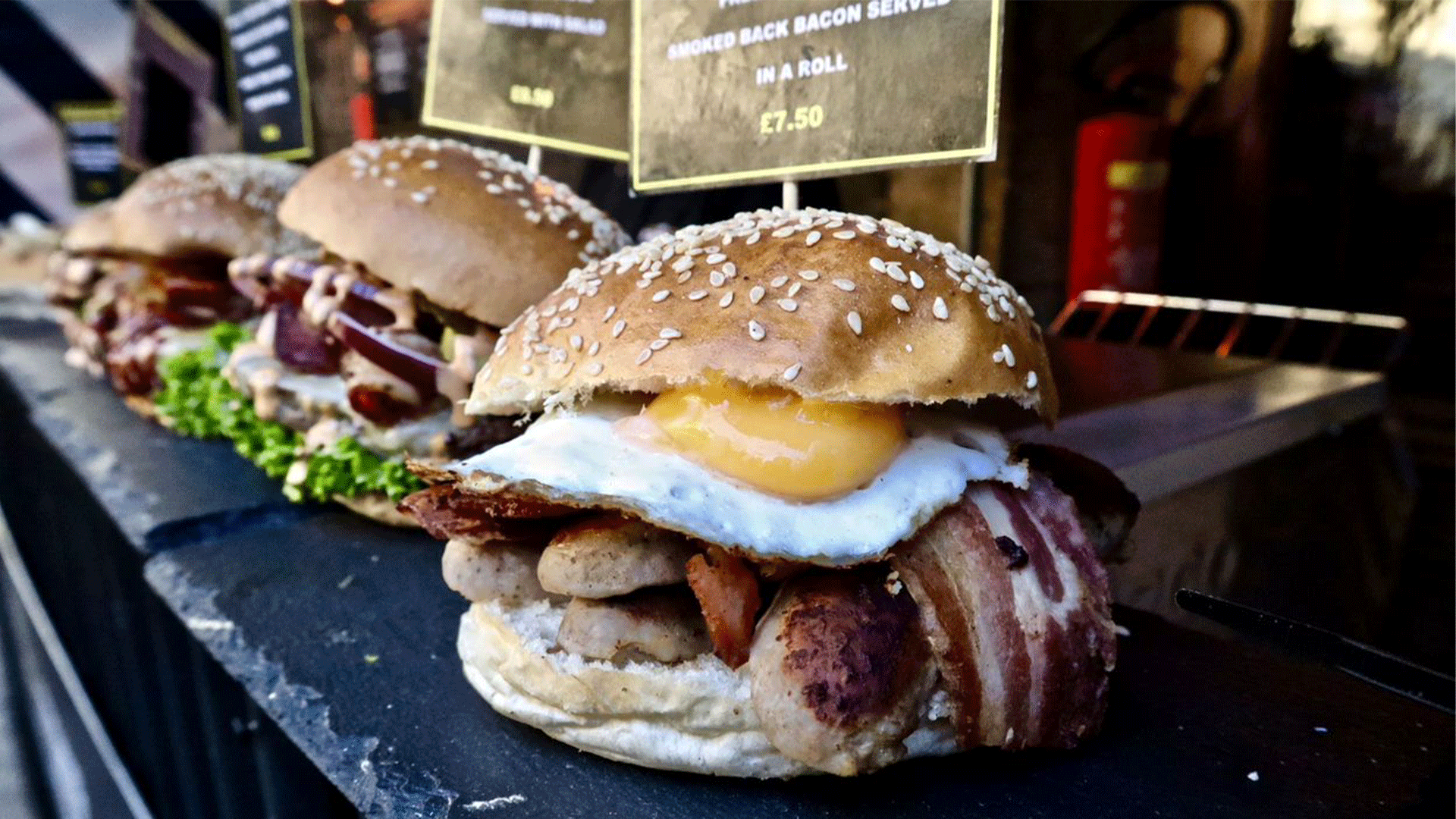
Rule 4. Go for lunchtime deals
Ever so often, you’ll want to treat yourself to a fine dining experience. It could be your birthday, a special occasion or just marking the last day of your journey.
Many of Europe’s better restaurants offer lower prices at lunchtime compared to the evening. It often comprises a combination deal for two or three courses – sometimes you have the choice – from a more restricted menu, but the quality of the ingredients, preparation, and service are the same as the more expensive, evening standard menu. Generally, you get your starter and dessert for free or very little over the cost of the main course alone.
Restaurants prefer it because they can pre-cook a small range of dishes while setting up for the evening traffic and customers like it because they get to eat gourmet food at unbelievable prices. For example, prices for a meal at London’s Michelin-listed Pied à Terre start from £65 per person at lunchtime whereas in the evening, customers would have to pay almost double the price, starting from £110 per person for a more varied menu.
Do note that you’ll still have to pay the same for beverages, along with paying the same percentage of service on the bill. Some sneaky restaurants might also make you ask for lunchtime deals by offering you only the more expensive menu. To be sure if a restaurant offers a deal, check their website and the display cases outside.
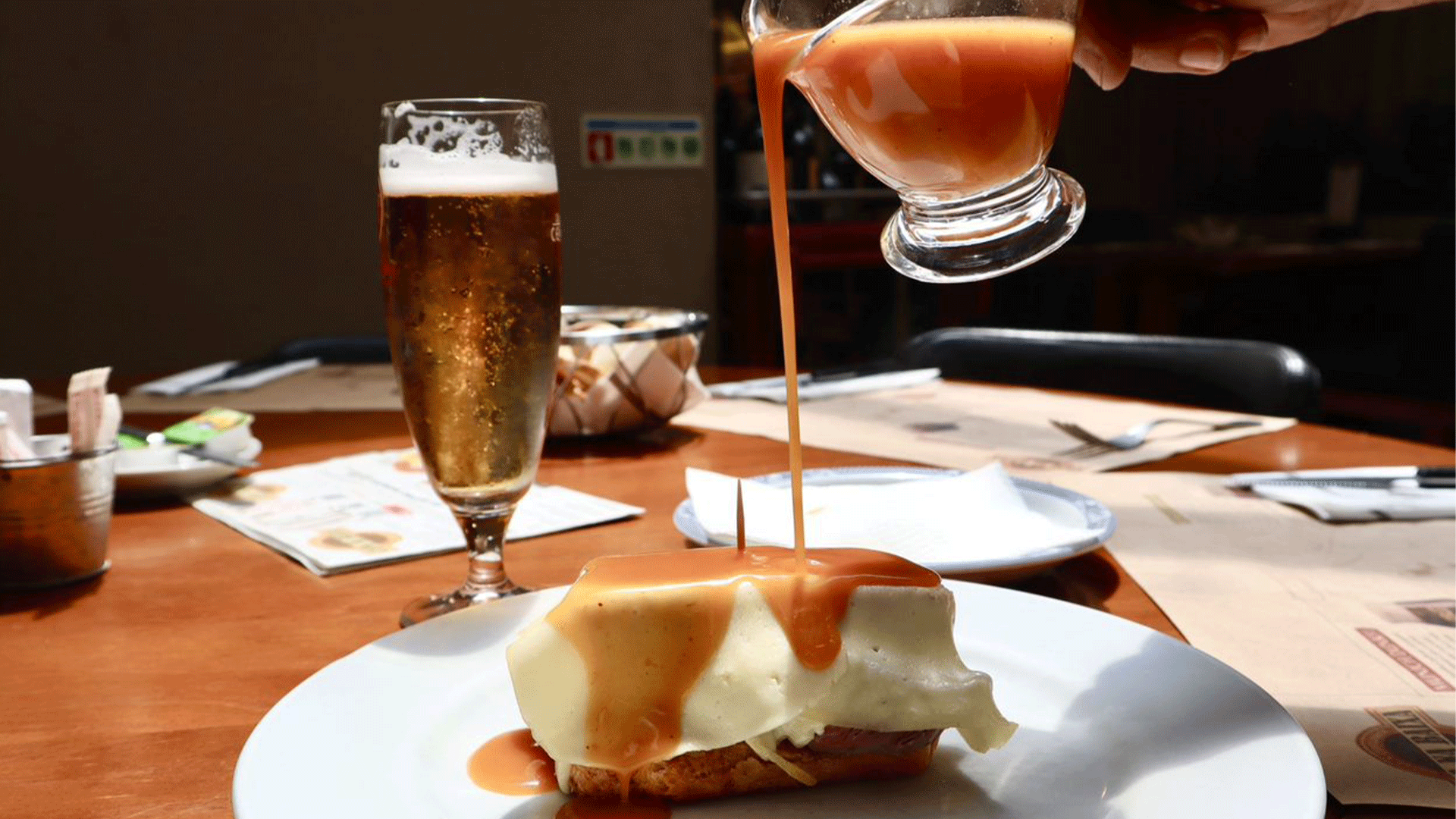
Rule 5. Think like a native
Go where the locals go. They know which places are authentic and which are tourist traps designed to bait you into eating average food for unjustifiable prices. This could mean avoiding places with menus in six languages or those that advertise photographs of typical dishes right outside their restaurant!
Instead, look for restaurants that are full of local residents. Remember the first rule that these places will generally be away from major tourist attractions. You could also look at different restaurant aggregator websites to check for the most highly rated establishments in a city and be sure to read the customer reviews to know what to expect.
Lastly, learn about service charges. In many European countries, the price you see is the price you pay. If people leave tips, it’s usually pocket change for those paying by cash. On the other hand, in the British Isles, they often add 10 to 12.5 percent on to the bill. Waiting staff won’t turn away your 20 or 25 percent tip, but they really don’t expect it because they don’t depend on tips. So remember that tips are not an obligation in most places and the staff won’t chase you down the street if you don’t pay any extra!
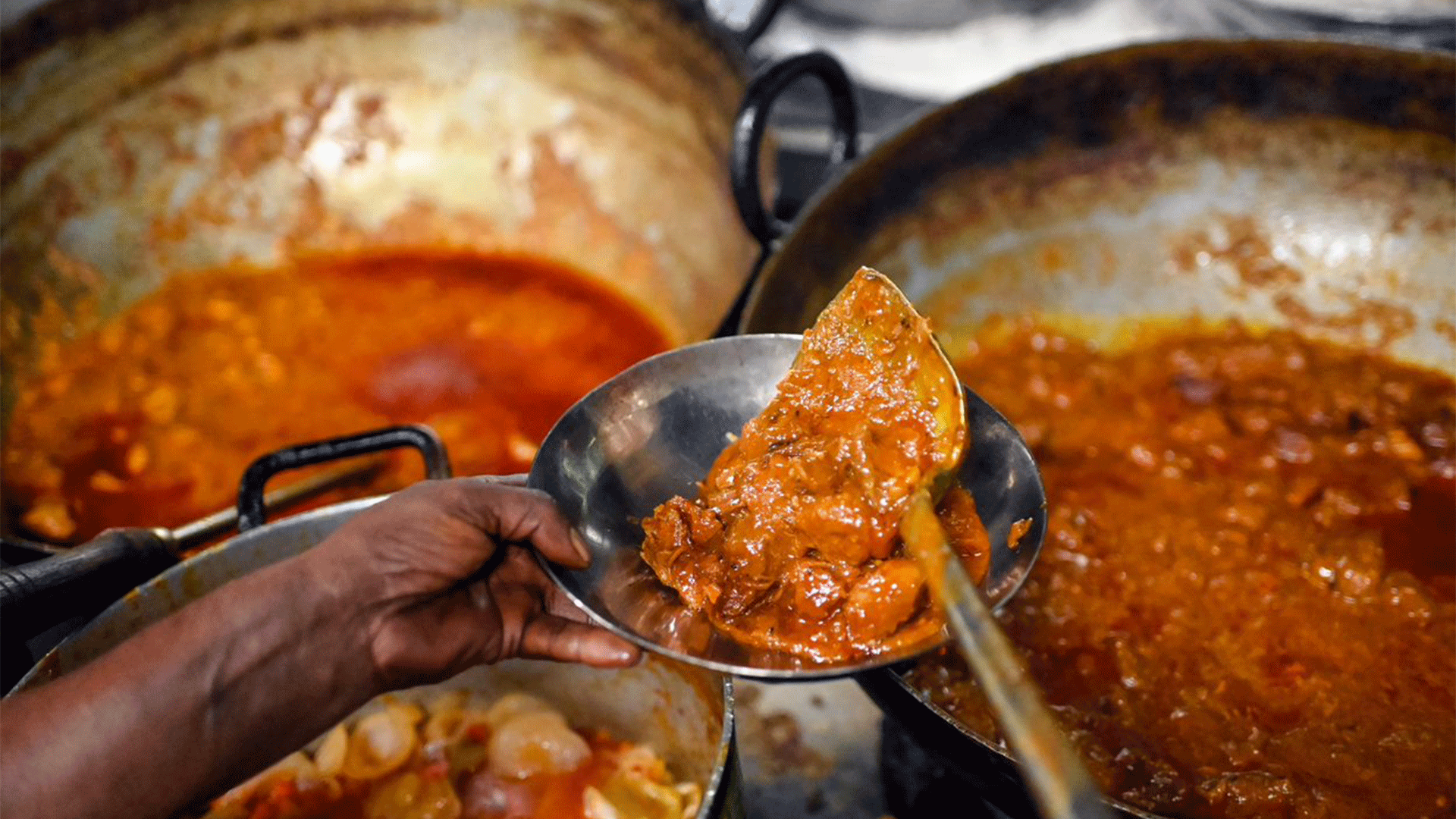
Thank you so much for reading this guide! The Secret Food Tours staff is active in 52 cities around the globe and know what’s what in their locations. So get started now! And if you book a tour online, there’s a 15% discount for Interrail and Eurail Pass holders.
So what are you waiting for? Enjoy all of Europe's food like a local with your Global Pass.
Edited by Sukriti Kapoor, Eurail.
You might like this as well:
-
![rumania-bucharest-buildings-colors]() Where The Locals Go In Bucharest Want to know where the Bucharest locals go? When in Romania, head to Bucharest by train to check out these hidden treasures.
Where The Locals Go In Bucharest Want to know where the Bucharest locals go? When in Romania, head to Bucharest by train to check out these hidden treasures. -
![austria-vienna-street-musicians-kid]() Where The Locals Go In Vienna Want to know the best things to do in Vienna to feel like a local? Here's a list of less predictable activities for a more authentic experience in Austria's capital.
Where The Locals Go In Vienna Want to know the best things to do in Vienna to feel like a local? Here's a list of less predictable activities for a more authentic experience in Austria's capital.
Change of currency
You cannot change the currency once you have a Pass in your cart. Remove the Pass, and then change the currency on the website header.








